
by Joanne Hackett, Lecturer, MPhil Textile Conservation.
I find myself rather startled to note that I have been at the University of Glasgow for over a year and that another academic year is about to begin. When I told people that I was leaving the museum field to start teaching, one of my old V&A colleagues, who had made a similar transition, gave me a piece of sage advice – ‘teaching is not about standing at the front of the class and telling them everything that you know’. How right they were. The first year has flown by, and it has been a steep learning curve. Luckily, Glasgow University in its wisdom has all new academic staff enrol on a two-year teaching programme; the Post Graduate Certificate in Academic Practice or PGCAP. This means that I have found myself a student as well as a lecturer with essay deadlines of my own.
Two of the concepts taught during the PGCAP are ‘Active Learning’ and ‘Problem based learning’. Both are key for teaching conservation, a skill that you learn by doing and that is different for every conservator and every object. In active learning, the student is engaged in the learning process – by putting together the information supplied and applying it to their problem – which is the very opposite of telling the student everything you know. I got to experience this process first hand, before I knew the words to describe it, while teaching the second-year class about gels in conservation. Students had to work out their own protocol, or recipe, for various types of viscous and rigid gels and then make them as no instruction book for these processes exists. We discovered together that it is possible to burn agar and what to do to prevent this from happening!
Another example of active learning is the supervising of wet cleaning treatments. Following on from learning about the theory and practice of wet cleaning, students are assigned an object for which they formulate their own cleaning system, set up their workstation, prepare their textile and then wet-clean and dry their piece. The role of the supervisor is to oversee the process: commenting on progress, building confidence and encouraging them to ‘reflect in action’ throughout the treatment in order to advance their practice and achieve a successful outcome.
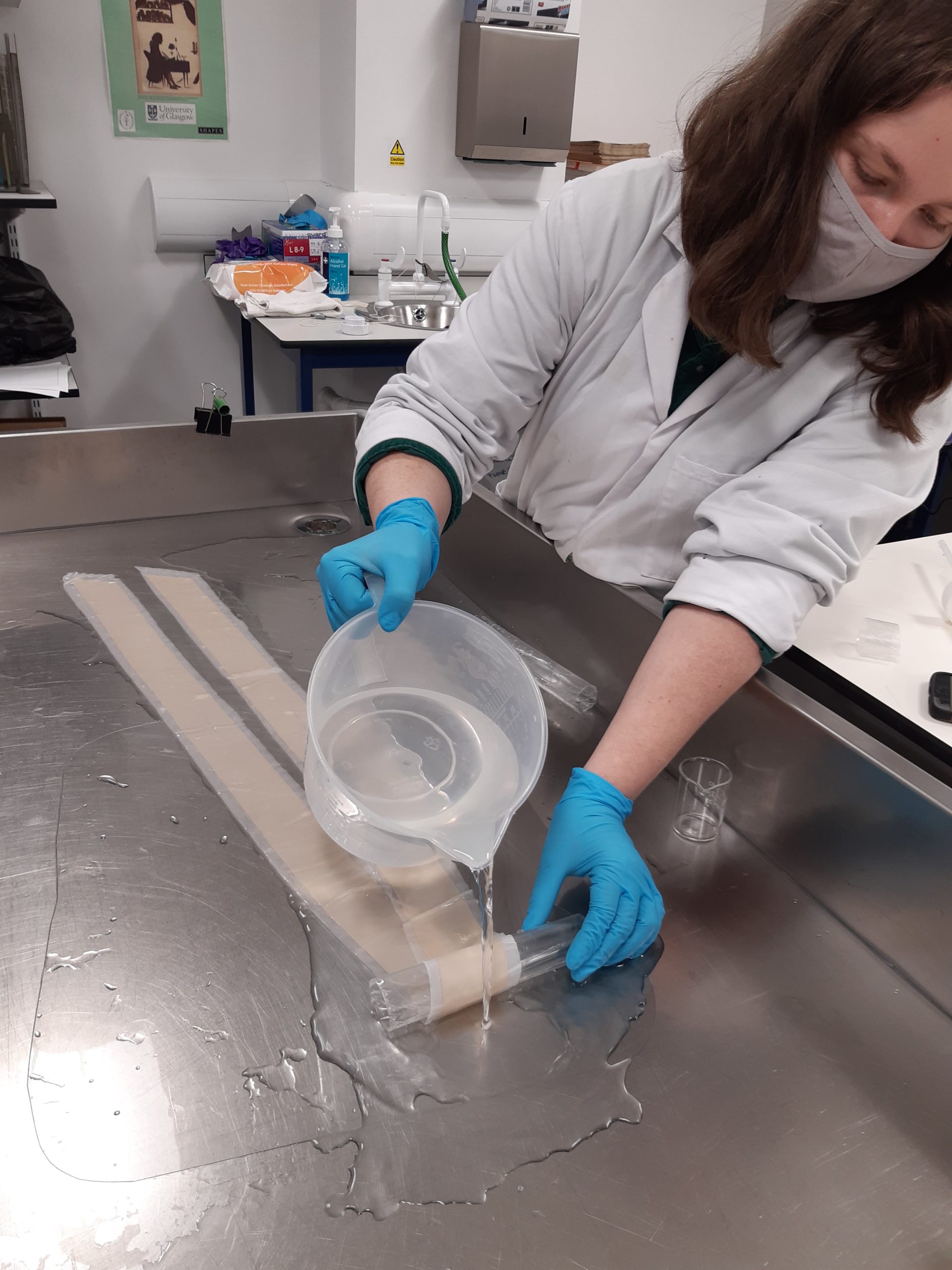
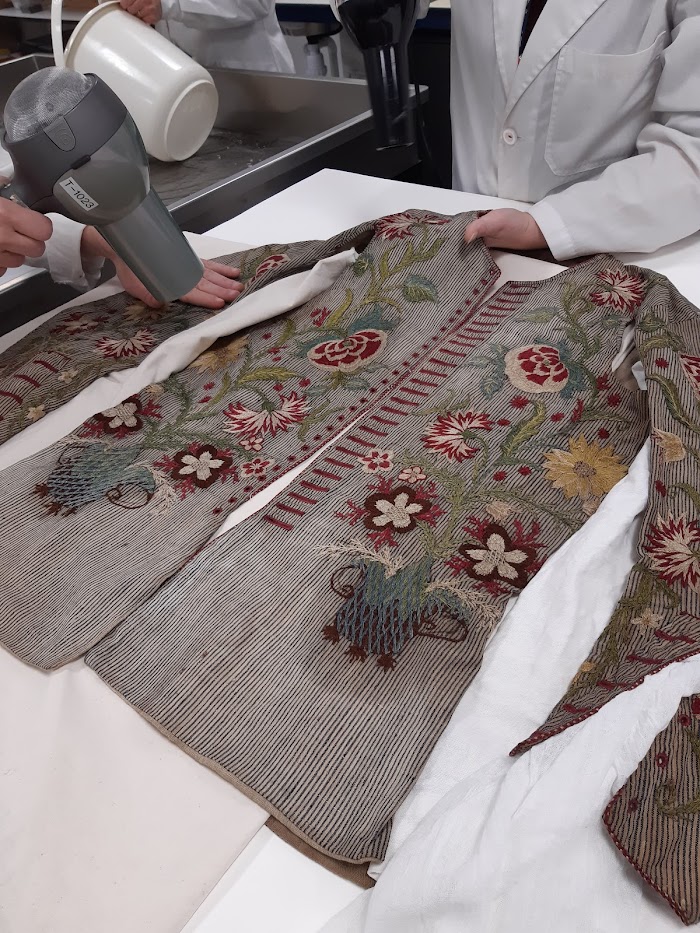
For me, the highlight of the year has been the two field trips that I organized, the first with the second-year students to the Dumfries Museum to gather information for their reports for the ‘Professional Development’ course, and the second with the first years to visit the Bodleian Library and Ashmolean Museum in Oxford. The book conservators at the Bodleian were keen to have the textile conservation students examine eight embroidered books that had been assessed by students on the textile conservation programme when it was based at Hampton Court in the 1980s. The students spent the day examining the books with reference to the original condition assessments and treatment proposals and then determine what they would do differently now. This was a valuable exercise for all involved as it highlighted the change in attitude and ethical approach in textile conservation over the last 40 years. The students now are much less interventive and more conservative in approach, they are much more apt to consider evidence of use and the value of historic repairs and to suggest passive methods of conservation. They were shocked at some of the recommended treatments from 40 years ago, where the embroidered covers would have been removed to facilitate cleaning, repair and rebinding.
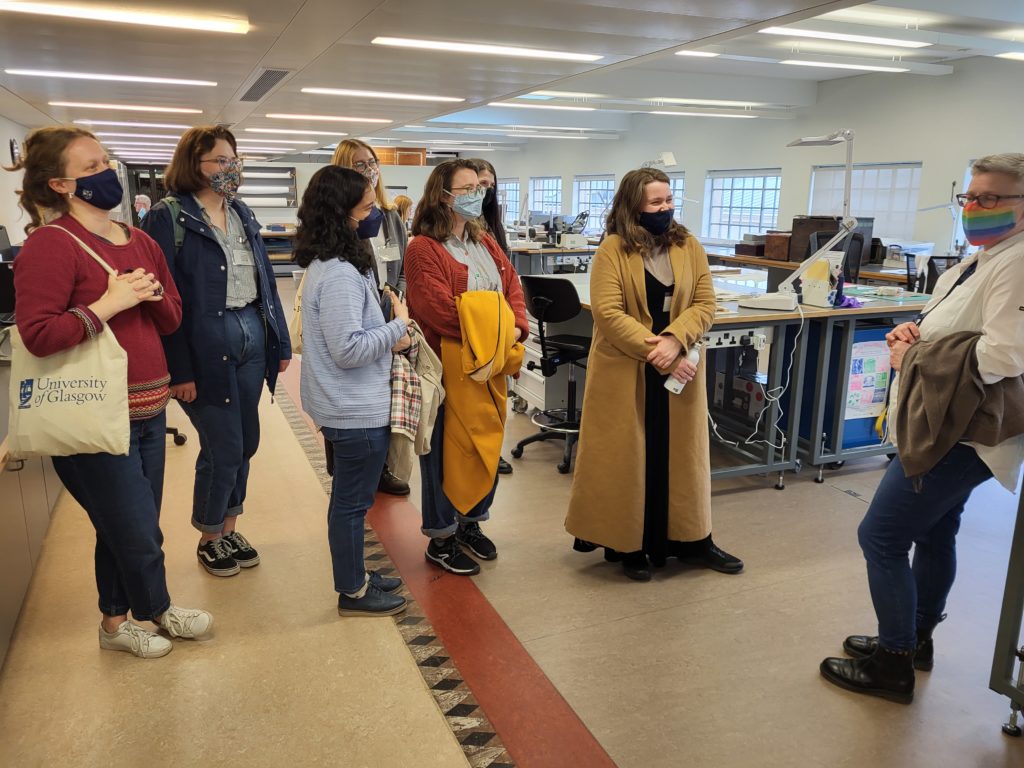
Finally, I am so pleased to be in a research environment. I really enjoyed supervising second year students’ dissertation research – they worked tirelessly on interesting and inventive projects, some of which will prove useful the conservation field in general and I am proud to be assisting them at the beginning of their careers.
Roll on the next academic year!

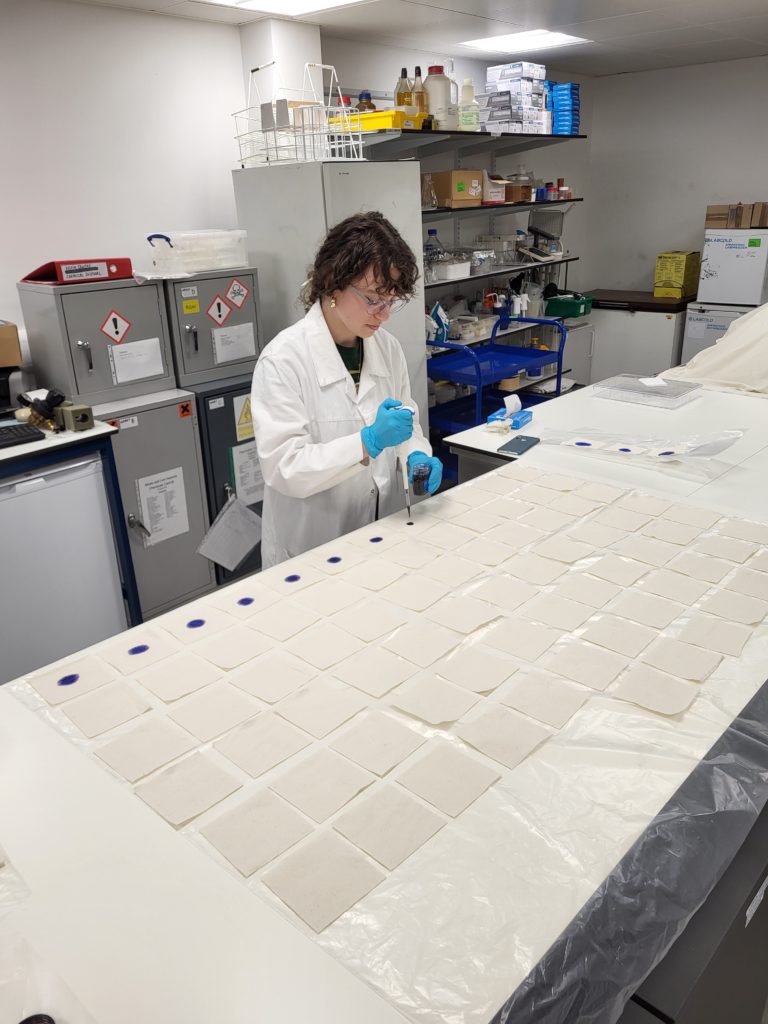


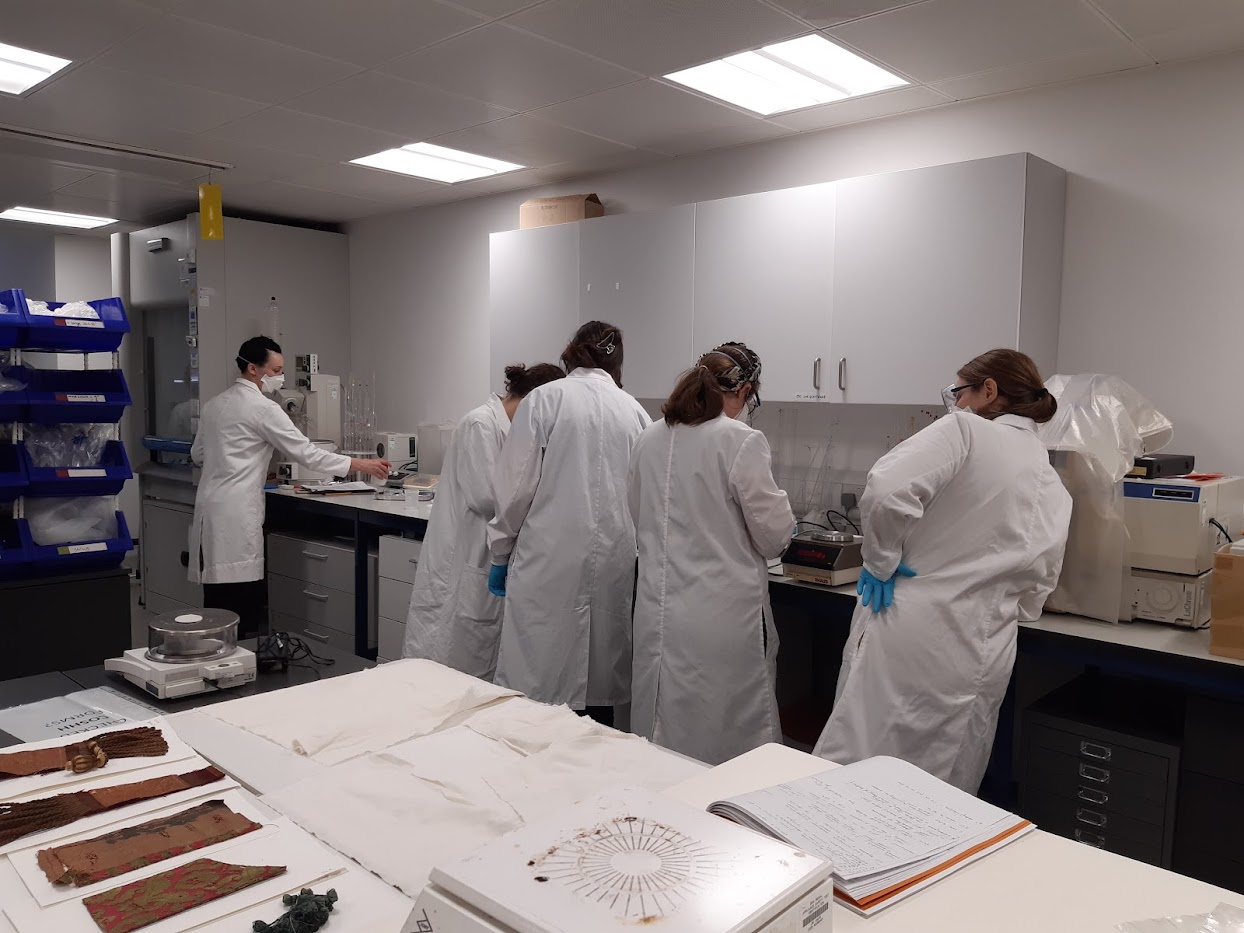
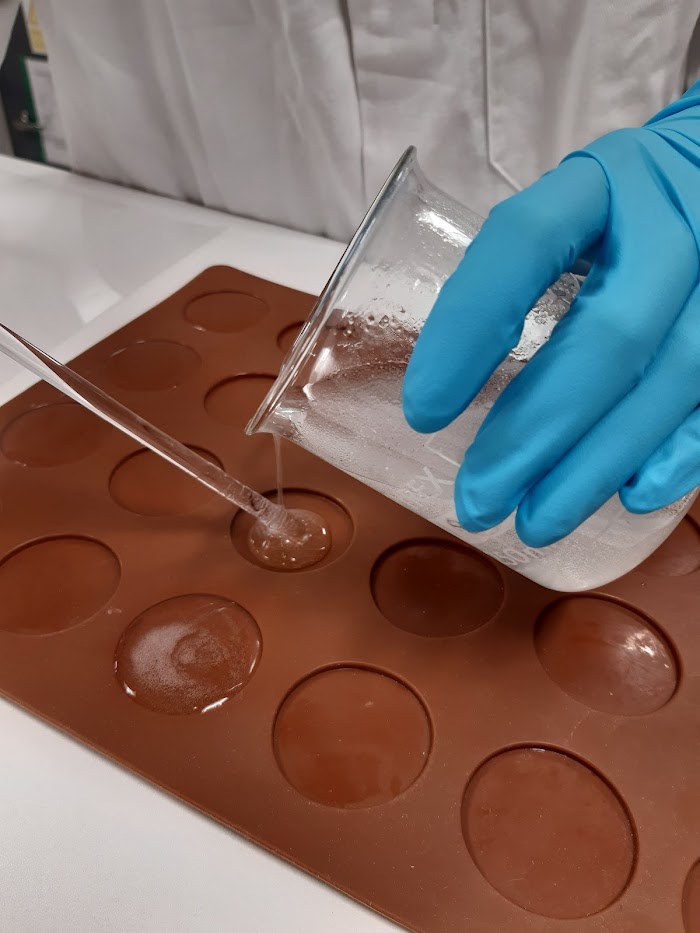
Excellent insights in this essay. Thank you Joanne.
Thank you for this. I would be interested in reading about Katica Laza’s experimental work on velvet bindings which is a particular interest of mine as I have been involved in several conservation projects on velvet book coverings.